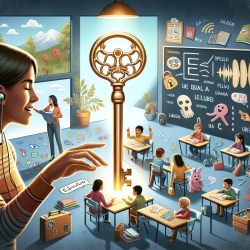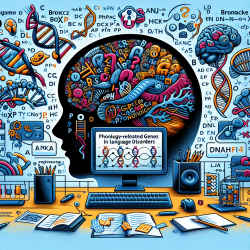Introduction
As professionals dedicated to improving child outcomes, we must remain vigilant in understanding the broader context of policy-making and its implications on public health. The research article, "The Policy Dystopia Model: An Interpretive Analysis of Tobacco Industry Political Activity," offers a comprehensive model to decipher the tobacco industry's political strategies. By understanding these strategies, practitioners can better advocate for effective policies and contribute to healthier environments for children.
The Policy Dystopia Model: A Brief Overview
The Policy Dystopia Model, developed by Ulucanlar, Fooks, and Gilmore, provides a framework to understand the tobacco industry's tactics in influencing policy. The model identifies two main strategies: "discursive" (argument-based) and "instrumental" (action-based). These strategies are used to construct a narrative that portrays proposed policies as leading to negative social and economic outcomes, thereby securing the industry's preferred outcomes.
Implications for Practitioners
Understanding the Policy Dystopia Model can empower practitioners in several ways:
- Preemptive Strategy Development: By recognizing the tobacco industry's tactics, practitioners can develop counter-narratives that highlight the positive impacts of health policies.
- Enhanced Advocacy: Practitioners can use the model to anticipate opposition and strengthen their advocacy efforts for policies that benefit children's health.
- Interdisciplinary Collaboration: The model encourages collaboration across disciplines, fostering partnerships that can effectively counteract industry influence.
Encouraging Further Research
While the Policy Dystopia Model provides a robust framework, further research is essential to explore its applicability in other public health domains. Practitioners are encouraged to delve deeper into the model and its potential adaptations to different contexts, particularly in areas affecting children's health and well-being.
Conclusion
By understanding and utilizing the Policy Dystopia Model, practitioners can enhance their advocacy and contribute to the development of policies that prioritize children's health. The model serves as a tool to navigate the complex landscape of policy-making and industry influence, ultimately leading to better outcomes for children.
To read the original research paper, please follow this link: The Policy Dystopia Model: An Interpretive Analysis of Tobacco Industry Political Activity.










